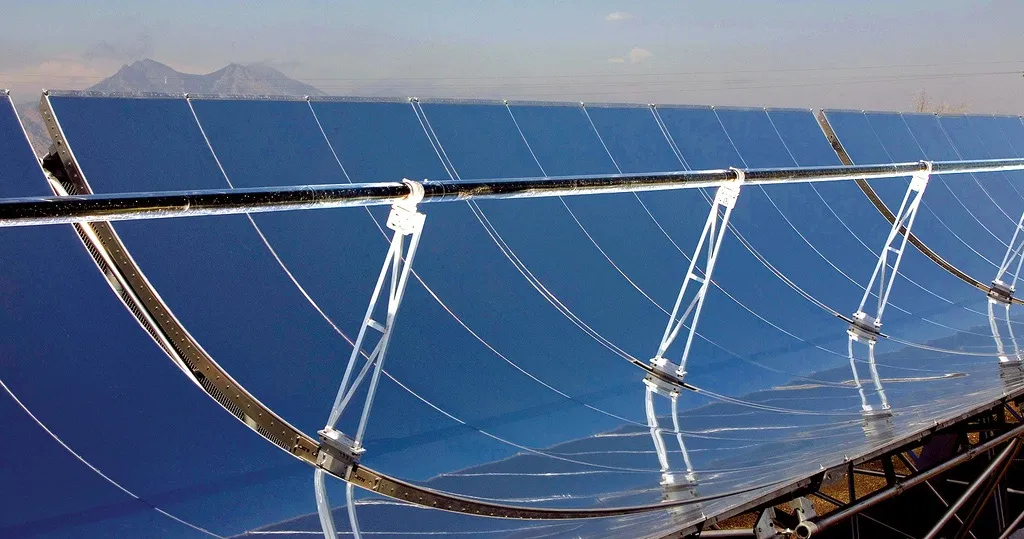In a groundbreaking study published in the journal ‘npj Computational Materials’, researchers have unraveled the mysteries of heat transport in a promising material for solar cells and other energy applications. The study, led by Jiongzhi Zheng from the Thayer School of Engineering at Dartmouth College, focuses on a material called cubic hybrid perovskite FAPbI3, which has garnered significant attention for its potential in improving energy efficiency.
So, what’s the big deal about this research? Well, understanding how heat moves through materials is crucial for developing better energy technologies. In the case of FAPbI3, the team found that this material has an extremely low thermal conductivity, which is a fancy way of saying it’s really good at trapping heat. This is great news for solar cells, as it means they could potentially convert more sunlight into electricity.
But here’s where it gets interesting. Contrary to what scientists previously thought, the heat resistance in FAPbI3 isn’t caused by the organic part of the material, but rather by the inorganic [PbI3]1- units. This is a significant finding, as it challenges the current understanding of heat transport in these types of materials.
The team also discovered that the heat transport properties of FAPbI3 are highly temperature-sensitive. This means that using 0-K (absolute zero) force constants to predict thermal conductivity, as is commonly done, can lead to significant underestimations. As Zheng puts it, “Our study not only elucidates the microscopic mechanisms governing thermal transport in FAPbI3 but also provides a robust framework for modeling heat conduction in hybrid organic-inorganic compounds.”
So, what does this mean for the maritime industry? Well, the findings could have significant implications for the development of more efficient energy systems on ships. For instance, better solar cells could mean more reliable and sustainable power sources for vessels. Additionally, understanding heat transport in materials could lead to improvements in insulation and heat management systems, which are crucial for maintaining optimal temperatures in various maritime environments.
In the words of Zheng, “This research provides a solid foundation for the design and optimization of energy materials for maritime applications.” So, while the study might not be directly about ships and the sea, it’s a step towards making maritime operations more energy-efficient and sustainable.
The study, titled “Ineffectiveness of formamidine in suppressing ultralow thermal conductivity in cubic hybrid perovskite FAPbI3”, was published in the journal ‘npj Computational Materials’, which translates to ‘New Journal of Computational Materials’. It’s a mouthful, but the research it publishes is anything but.

